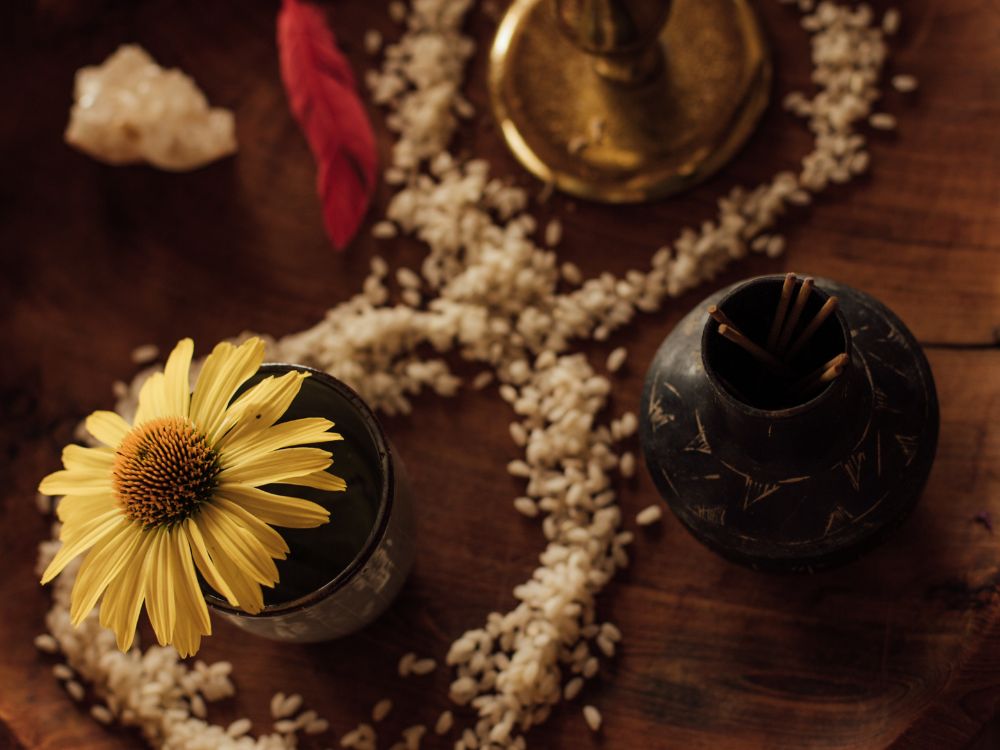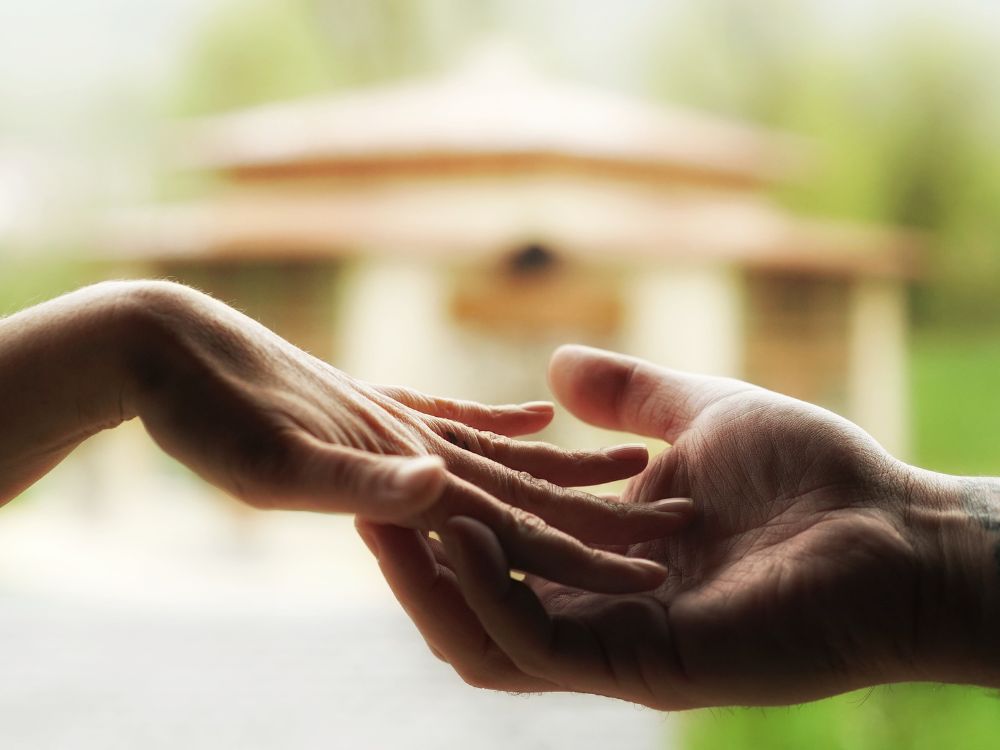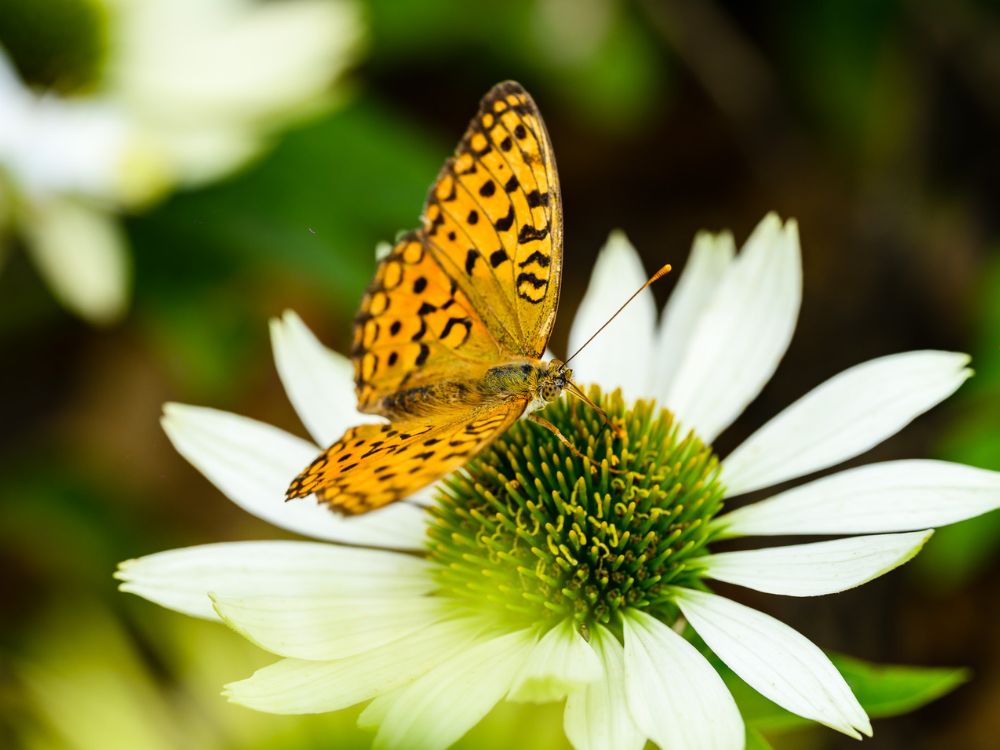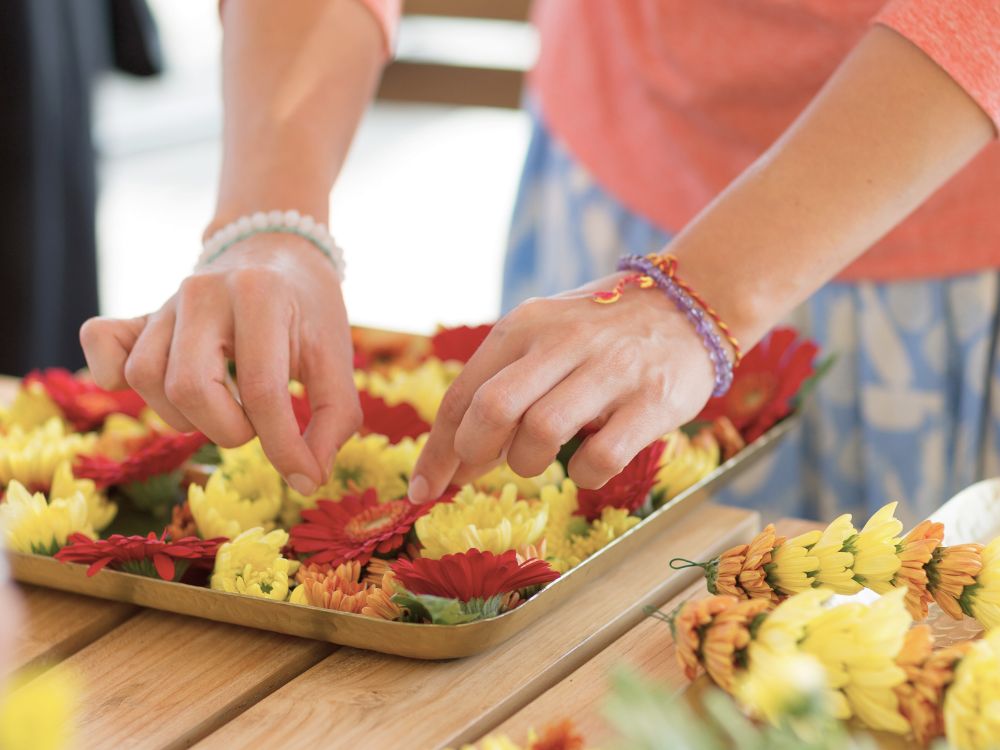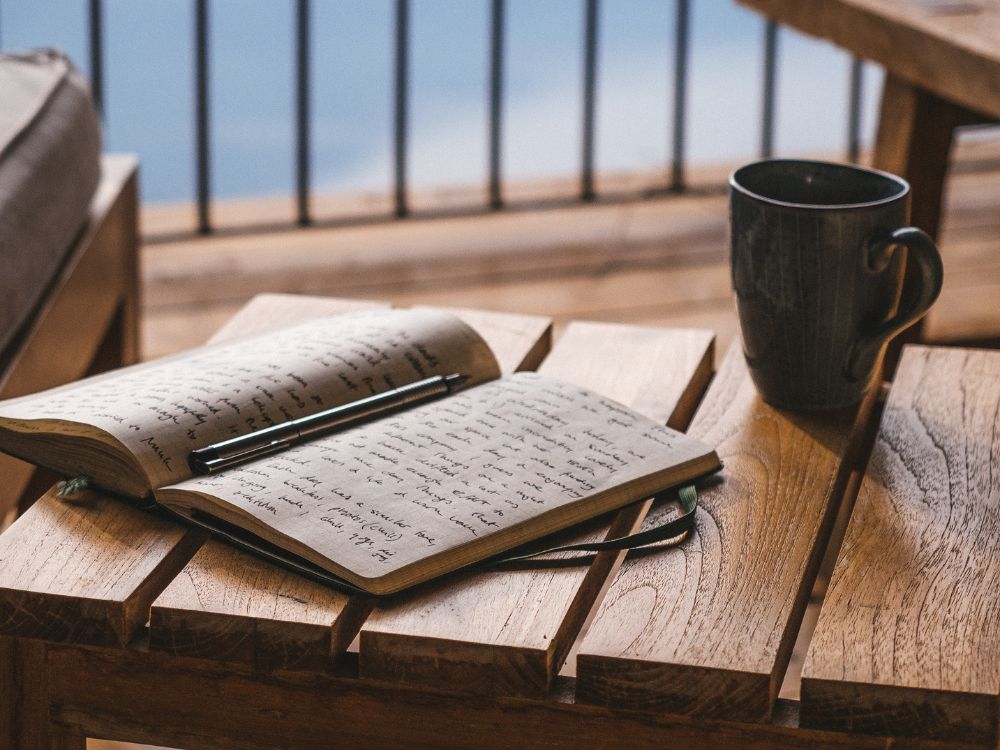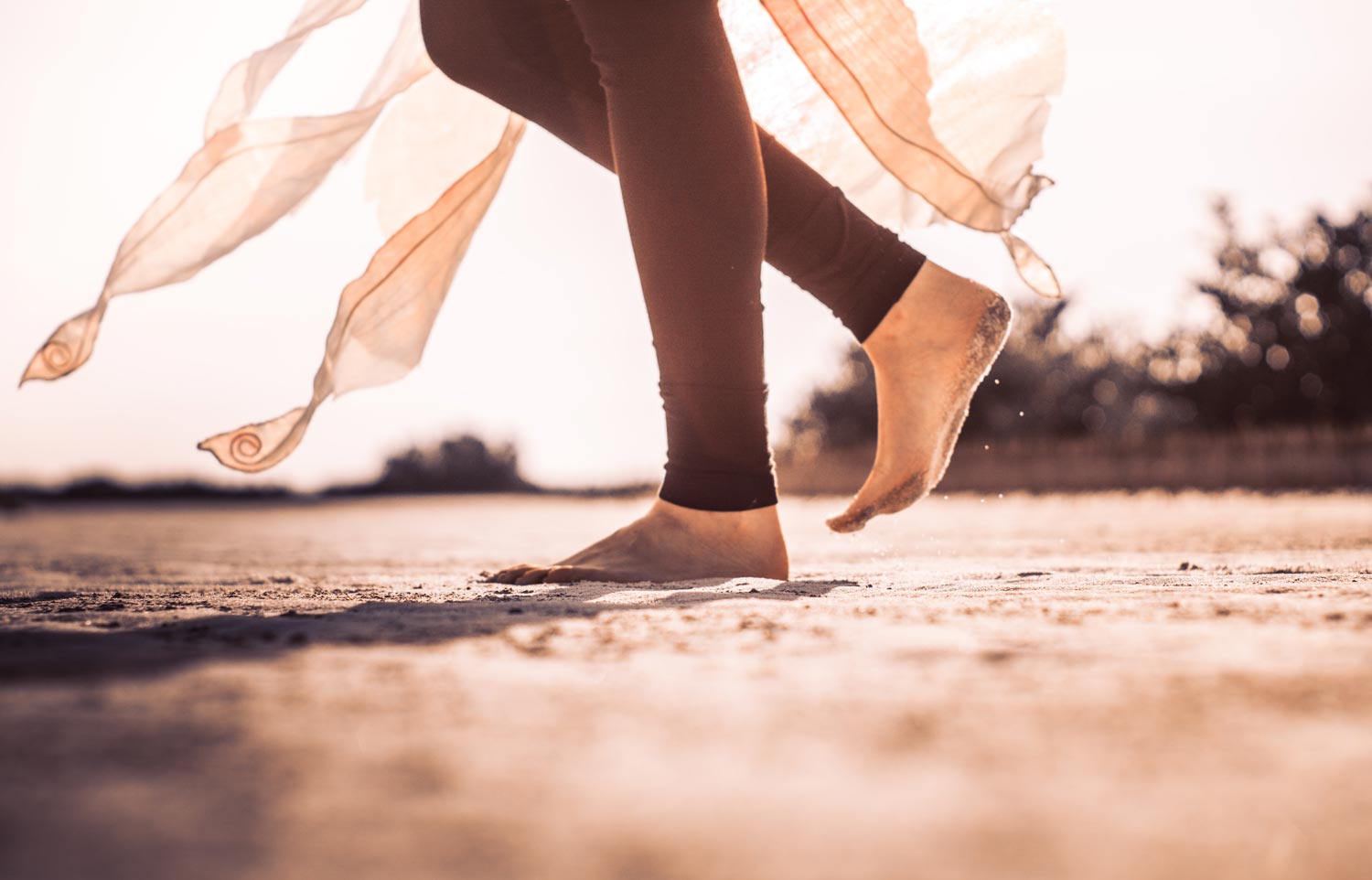What does generosity feel like?
Generosity is the quality of being kind and sharing that kindness freely with others without expecting something in return. It’s the natural way our heart interacts in the world when it feels safe, secure, and bountiful. Generosity goes beyond material possessions and can include giving time, attention, compassion, skills, or support. It reflects a spirit of abundance and can be felt in our tissues.
Let’s start with the spirit of abundance. With the generosity of life itself.
What has life given you?
Your body and its dazzling complex interconnected systems that keep you alive: circulatory, respiratory, nervous, muscular system, digestive system, and immune system, just to name a few.
Life gives us air to breath, the earth to walk on, and water to drink. We are given beauty in abundance: sunsets, bird song, waterfalls, the scent of morning coffee….
Pause and reflect: What else has life given you? And how does it feel in your body to be the recipient of this generosity?
What have others given you?
In our world of interdependence, so much of what use each day has been created or produced by someone else’s effort. Even if they have received compensation for their work, their work is of enormous benefit to us. There is generosity in it. The food we eat, the clothes we wear, the streets we walk on, … on and on I can go. As Martin Luther King Jr said, “before you finish eating breakfast in the morning, you’ve depended on more than half the world.”
There is so much generosity and abundance all around us. Taking time to reflect on this softens our heart. It relaxes us and open us up. Our felt sense of separateness begins to dissolve.
Now I invite you to contemplate: What is easy for you to give?
What do you have plenty of? Is it money, time, smiles, hugs, expertise, kind words, encouragement, compassion, joy, courage, attention, …
How does it feel to recognise your plenitude and ability to share it?
Like with realizing the generosity around us, there is benefit in recognising our own generosity. To feel how easy and good it is to share when there is plenty to share. To have a felt sense of that surplus, that more than enough-ness. It feels good. More than that. Engaging in acts of generosity has been scientifically linked to increased happiness, reduced stress, improved mental and physical health, and enhanced social connections.
I ask what is easy for you to give because I want you to feel into the relaxation in the body when there is a sense of abundance.
Now I invite you to contemplate how far out you feel you can share this excess, this abundance without tightening?
Who is in your circle of inclusion? Just you? A child or parent? A partner or friend? A stranger? An enemy? I invite you to honestly feel where the line is between freely giving, without any effort or contraction, and where a grasping sets in.
I think it is important to notice the ease and lightness of natural generosity, a sense that you’re not even giving it, it is just flowing. Like the love I have for my kids isn’t “my love” to give to them. It is just love flowing. It isn’t mine. It isn’t finite. It doesn’t have to be mined. It is simply there. It is in the air we breathe.
And this love how far out can I let it freely flow from me. To my kids, yes. But I can extend it out even further? How far? My friends? My neighbours? The homeless person on the corner? Someone who has harmed me?
What we give and to whom we give it to changes how it feels to give. I encourage you to feel into when generosity flows freely. To have a visceral knowing of that big-heartedness. To let it inspire you and others. And also to feel into when the act of giving feels constricted. Not abandoning yourself in acts of giving but instead including all parts of you and all the ways they are feeling about the giving. To hold the contraction generously from your authentic nature. To slowly build your capacity to offer more freely to more people, thereby strengthening your character of generosity.
What about when there isn’t enough? How does this feel?
What do we do when abundance isn’t there? When we feel needy or lacking?
Our hearts and bodies contract.
Of course they do.
Contraction is the natural way of a body and heart under duress. Our survival instincts run deep. We want to survive. We want more than that; we want to thrive. We want to be happy and feel free. Generosity is one of many gateways into that happiness, that freeness. It is possible to cultivate and relax more and more into our generous nature. But first we need to recognise where there is lack in our life. Without any judgement, rather with clear seeing. It is important to recognise where you feel insecure, unable to give, to share.
Take a moment and contemplate: What don’t you have enough of?
Is it money, time, friends, joy, courage, presence, … Where do you notice deficiency in your life? How does that feel? Do you sense a contraction, a tightening, fear and/or resistance? Do you feel a closing off or grasping for more? This is uncomfortable and yet totally normal. I encourage you to stay with this inquiry. Get to know how it is in your body and heart when you feel limited. All of us feel this way. We may not all be lacking the same things or qualities but each and everyone of us knows the tension of not having enough.
I invite you to be kind towards that contraction, towards all that has come up. We can learn to be generous towards ourselves and our feeling of not enough-ness. Hold the tension kindly from your inner spaciousness. This isn’t about solving the problem of what is lacking but rather a willingness to be with this discomfort of scarcity.
Not having enough or feeling like you don’t have enough can be scary. It is related to, or literally, a question of being able to exist, to survive. So go slowly, move gently. Hold what you can hold. Feel what you can feel. Little by little. Breath by breath, we can learn to connect to ourselves no matter how cut off and tight we may feel. And when it is too much, get support. Support is out there for all of us, for some it easier to find than for others. But support is there, seek it out.
Who inspires you with their generosity?
The last point I want to explore is the value of being inspired by acts of generosity from others. Just like we can be inspired by a great athlete, musician, or artist. Not comparing yourself to them, thinking “I should be as good as them.” Instead recognising you were born the way you are with the conditioning and circumstances around you. Not all of us were born with the bone structure to become an olympic swimmer, or the means to make that happen. But to see the effort that that person put into to excelling at what they do is inspiring. A call for us to excel with what we are given.
So who inspires you with their generosity?
Who reminds you of your abundance and ability to share that which you have plenty of? Think of them often. Let their acts of kindness and giving remind you of what you have to offer freely.
So feel into generosity. Get to know it in your bones.
Feel when your heart is open and giving freely. Let it inspire a wider circle of sharing. Also feel when the heart is closed, unable to give freely. Embrace the feeling of lack with compassion instead of shaming it; cultivate self-compassion. And continually let yourself be inspired by the generosity of life itself, by others and their acts of benevolence. Let them, let life, remind you of your inherent abundance and your capacity to share it with the world.


